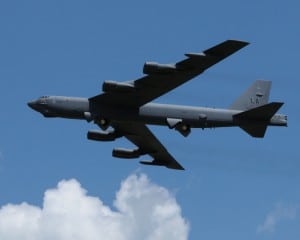
The U.S. Air Force is reviewing options for re-engining the B-52 bomber and intends to formally launch the acquisition effort later this year, a service official said March 14.William Roper, the Air Force’s new acquisition chief, said he conducted his first review with the re-engining team a few weeks ago and he expects to receive a recommended acquisition plan “within the next few months.” Roper testified before the House Armed Services Committee’s seapower and projection forces panel that he is pushing…

 By
By 











